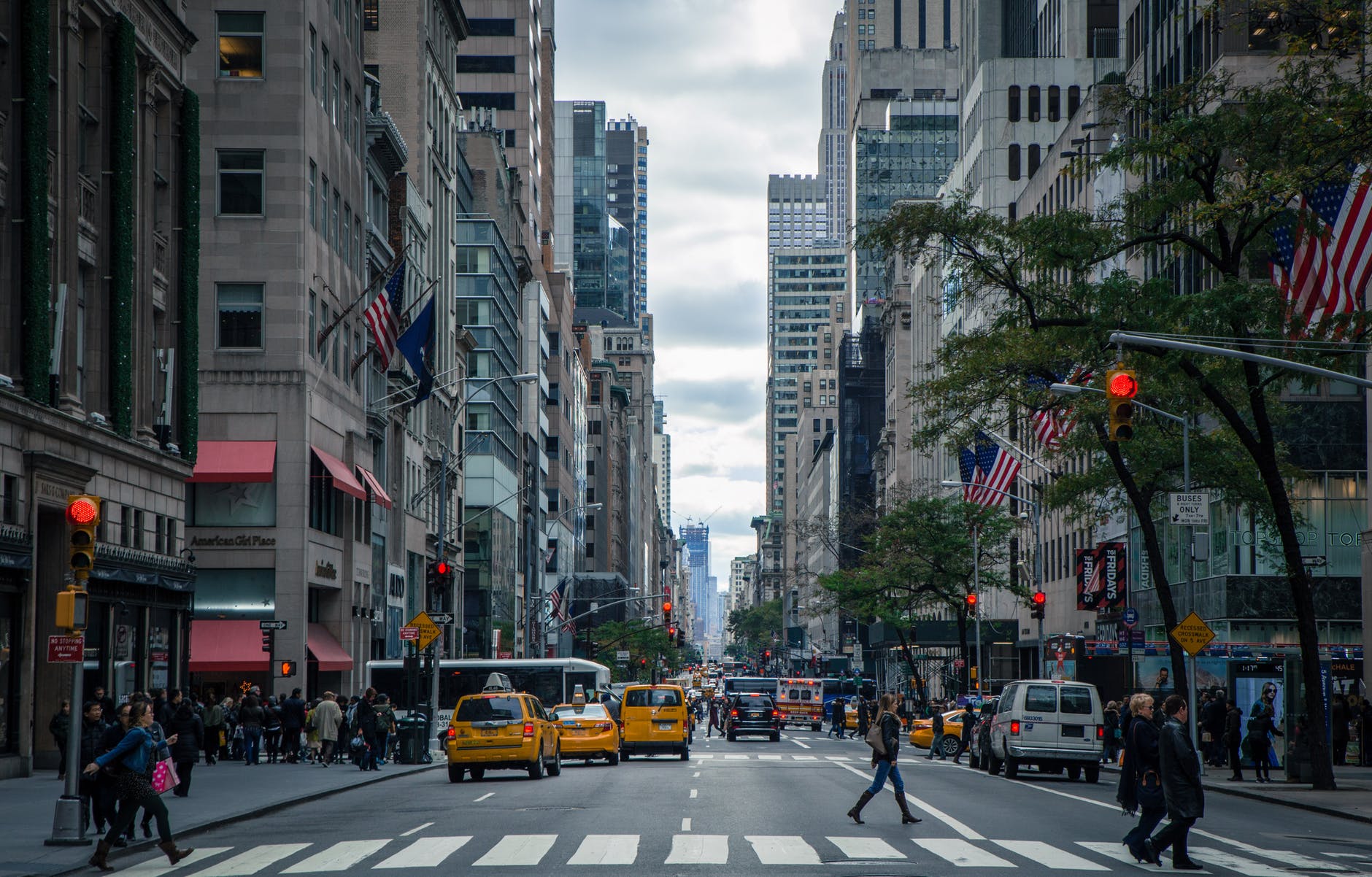Is Unequal Access to Data Undermining Your Company’s Success?
Big data has far and away transcended its status as a technology buzzword. It has become a full-fledged infrastructural norm; countless business leaders have embraced its potential to provide enhanced insight, trend discovery, and other key variables contributing to their annual goals. This notion has created the need for multifaceted implementation strategies which, ideally, aim to use data as a binding agent for all company sectors, ultimately streamlining internal fluidity.
However, despite their ambition and openness to change, many of these leaders fail to recognize that their implementation strategies are flawed — namely in terms of distribution and accessibility. In turn, these inconsistencies can foster a culture of inequality and opacity, creating a counter effect and undermining the very success the strategy strives to achieve.
To curb these setbacks, organizations must be proactive in expanding data knowledge and utilization equally across their different departments.
Diagnosing the problem
To establish a stable data landscape, business leaders need to identify both the internal problem at hand and its broader implications. Limited data distribution should be viewed not only as a threat to corporate functions, but also a potential slight to certain divisions of the organization’s workforce.
The pitfalls of such disparities have already been carefully observed at a societal level, even before the pandemic took them to new heights, and to introduce them to the workplace is to court slow-burning disarray. Inner turmoil can quickly lead to poor external performance, causing companies to fall behind competitors that are more internally cohesive.
With the proper mindset in place, leaders can turn their attention to a variety of strategies to nip their data problem in the bud, and this begins with pinpointing where deficiencies lie. For instance, are employees reliant upon a “suboptimal mix of cloud-based technology and on-premise enterprise systems,” where the collective workforce is hamstrung by patchy, insufficient access — as nearly two-thirds of companies report — or is quality access simply limited to specific parts of the company? Organizations will need to assess workers’ level of “data illiteracy,” a consequence that occurs when data-driven decision-making is limited to select departments and teams.
Leaders must also recognize that the issue can spread beyond data access alone, impacting a company’s confidence in investing and technological innovation. For example, if the company empowers non-IT departments with the bulk of its data technology investment authority, IT workers may start to feel disenfranchised and contribute to a general sense of confusion and mismatched priority. These so-called “shadow systems” are not sustainable because they confuse expectations and leave some workers ill-equipped to address problems that would otherwise be in their wheelhouse.
Creating long-term success
With remote work enduring as a new norm, emphasis on data and technology is arguably at an all-time high, and the need for a tight digital ship has followed suit. Therefore, solutions to the above should be handled with diligence, and it is important to remember that seemingly cut-and-dry remedies are anything but; simply making data access more widespread is not the full answer. Instead, to create lasting success, a broader systemic change should be favored over a temporary band-aid.
By focusing on total reinvention, leaders will be able to properly address each micro-issue contributing to the macro flaw. These focal points could include better, more equal funding to multiple departments, stronger team integration to optimally disperse data knowledge and learning opportunities, and reallocation of investing dollars to reflect future innovation rather than retroactive level setting.
These efforts can also be applied to the introduction (or updating) of relative technology aimed at an improved data-driven work cycle. Access to AI and automation tools, for instance, should be evenly distributed to all applicable company fields — with training provided for those unversed in how to use these resources. Success in each of these areas will be contingent upon properly communicated expectations.
Regardless of where change is most needed, a general rule of thumb is to isolate growth areas that require a rapid return and use them as a kicking-off point. The current system should be audited based on its existing depth and reach, and any salvageable aspects can be leveraged during the construction of a stronger, more efficient successor. New infrastructure must also remain compatible with the business’s technological and financial capabilities.
This type of large-scale change may seem daunting, even unreachable, but it has become an objective necessity as COVID continues to rewrite the rulebook for businesses worldwide. That said, the challenge can be met head-on with a blend of forward-thinking, unfailing commitment, and, above all, constant transparency and attention to detail.
This article was originally published on Business2Community



